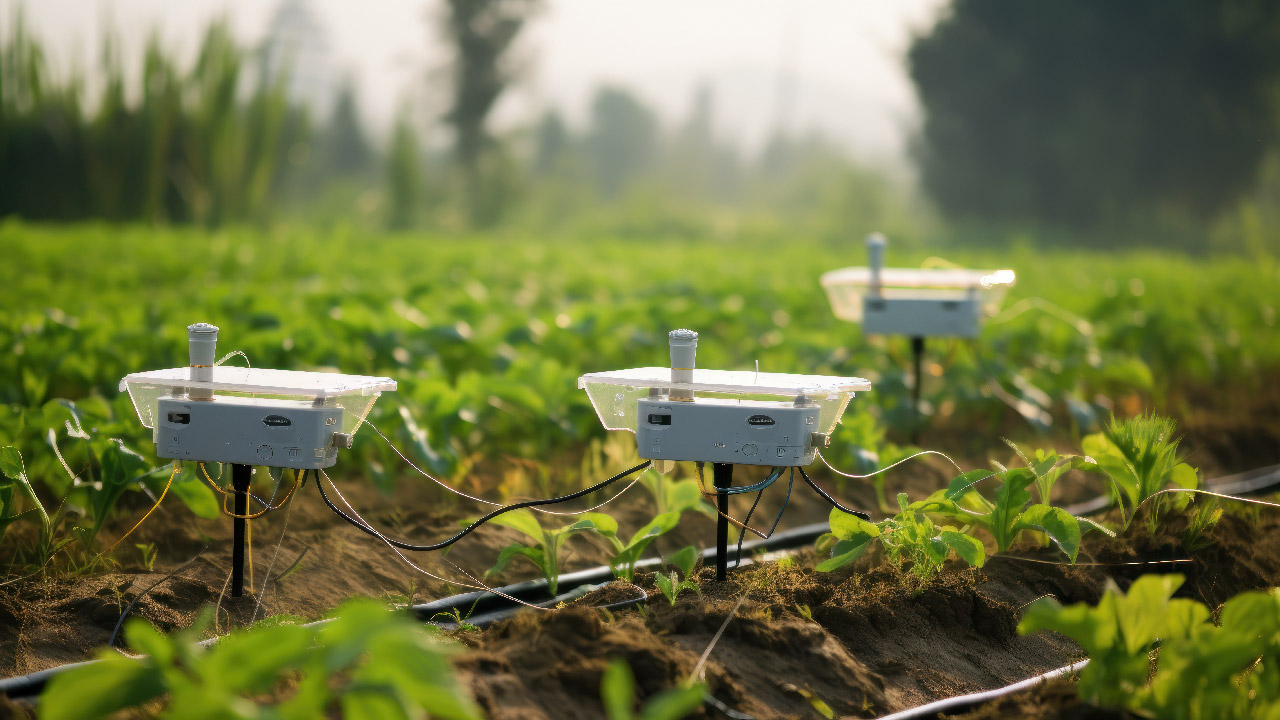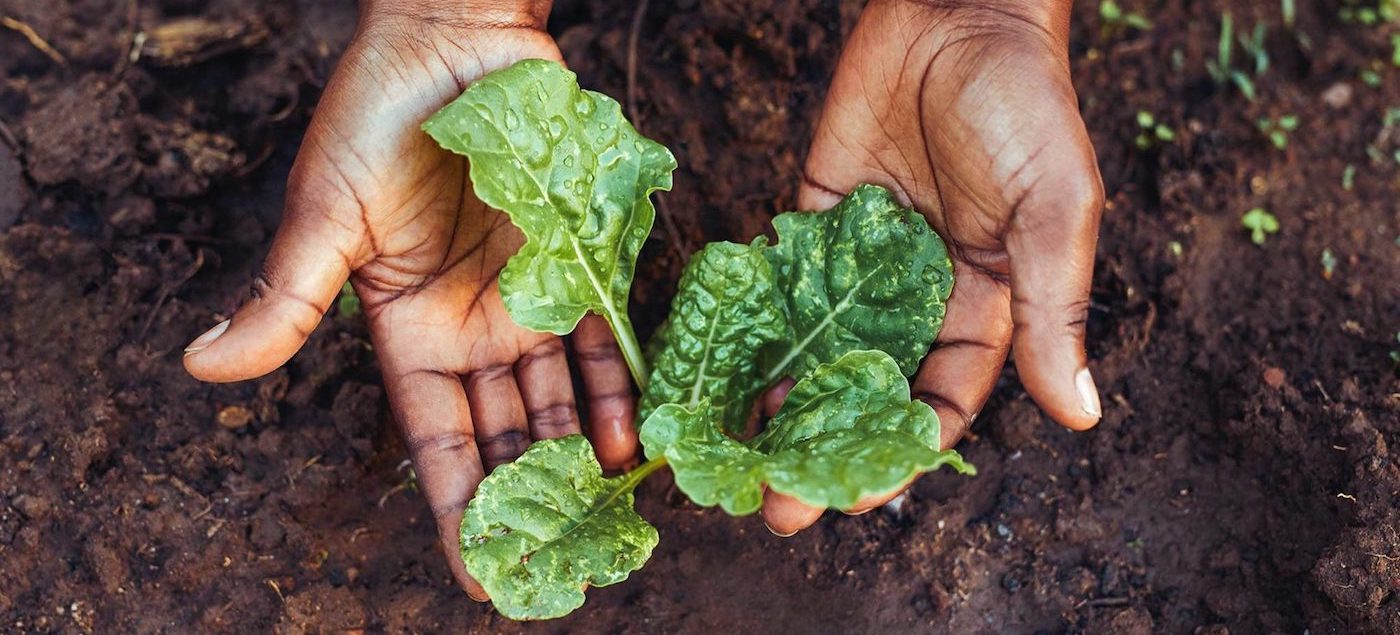Maximizing profit in agriculture requires careful planning, efficient management, and a strategic approach. Here are key steps and strategies to achieve maximum profitability in farming. If you haven’t subscribed yet, hit that button now and don’t forget to click the bell icon for notifications on new videos. Market Research. Conduct thorough market research to identify high-demand crops or products in your region. Understanding market trends and consumer preferences is essential for making profitable crop choices. Crop Selection. Choose crops that have high market value and are well suited to your climate and soil conditions. Specialty crops, organic produce and high value varieties can often yield better profits.
Efficient Land Use

Optimize land use by considering factors like crop rotation, intercropping and diversification to maximize yields and reduce soil degradation. Soil health. Maintain and improve soil fertility by using organic matter like compost and cover crops. Healthy soil leads to better crop yields and quality. Precision farming. Implement precision farming techniques including soil testing, GPS guided equipment and data analytics to ensure efficient use of resources like water, fertilizers and pesticides. Irrigation Management Invest in efficient irrigation systems to provide crops with the right amount of water at the right time.
Drip irrigation and soil moisture sensors can help reduce water waste and costs

Pest and disease control. Implement integrated pest management strategies to reduce the need for chemical pesticides. Regular monitoring and the use of natural predators can help lower expenses. Economical farm inputs. Shop for affordable and quality farm inputs including seeds, fertilizers and equipment. Seek discounts, buy in bulk and consider group purchasing with other local farmers. Cost management. Keep a close eye on expenses and look for ways to reduce costs. This includes efficient labor management, energy conservation and waste reduction.
Modern equipment

Invest in modern and well-maintained farm equipment to improve efficiency and productivity. Up-to-date machinery can save time and reduce labor costs. Risk Management. Manage risks by having insurance coverage for crops, equipment, and adverse weather events. Diversify crops to spread risk and protect against potential losses. Value-Added Products Process your crops into value-added products like jams, sauces, or dried herbs.
These products often command higher prices and increase profitability
Financial Planning Maintain sound financial records and create a budget to track expenses and income. Identify areas where you can cut costs and allocate resources more efficiently. Scaling and expansion. Explore opportunities for scaling up your operation, provided that it aligns with market demand and resource availability. Expanding your agricultural activities can lead to increased profit potential. Continuous learning. Stay updated with the latest agricultural practices, technologies and research. Attend workshops, seminars and conferences to enhance your knowledge and skills.
Environmental stewardship

Prioritize sustainability and environmentally friendly practices. Consumers are increasingly interested in products grown using eco-friendly methods. Customer Engagement Build strong relationships with your customers. Providing excellent customer service and meeting their needs can lead to brand loyalty and repeat business.
Conclusion
Remember that farming profitability can vary based on factors such as location, market conditions and specific crop choices. Regularly assist your farming operations financial performance and make adjustments as needed to ensure maximum profitability while maintaining sustainability and environmental responsibility.

